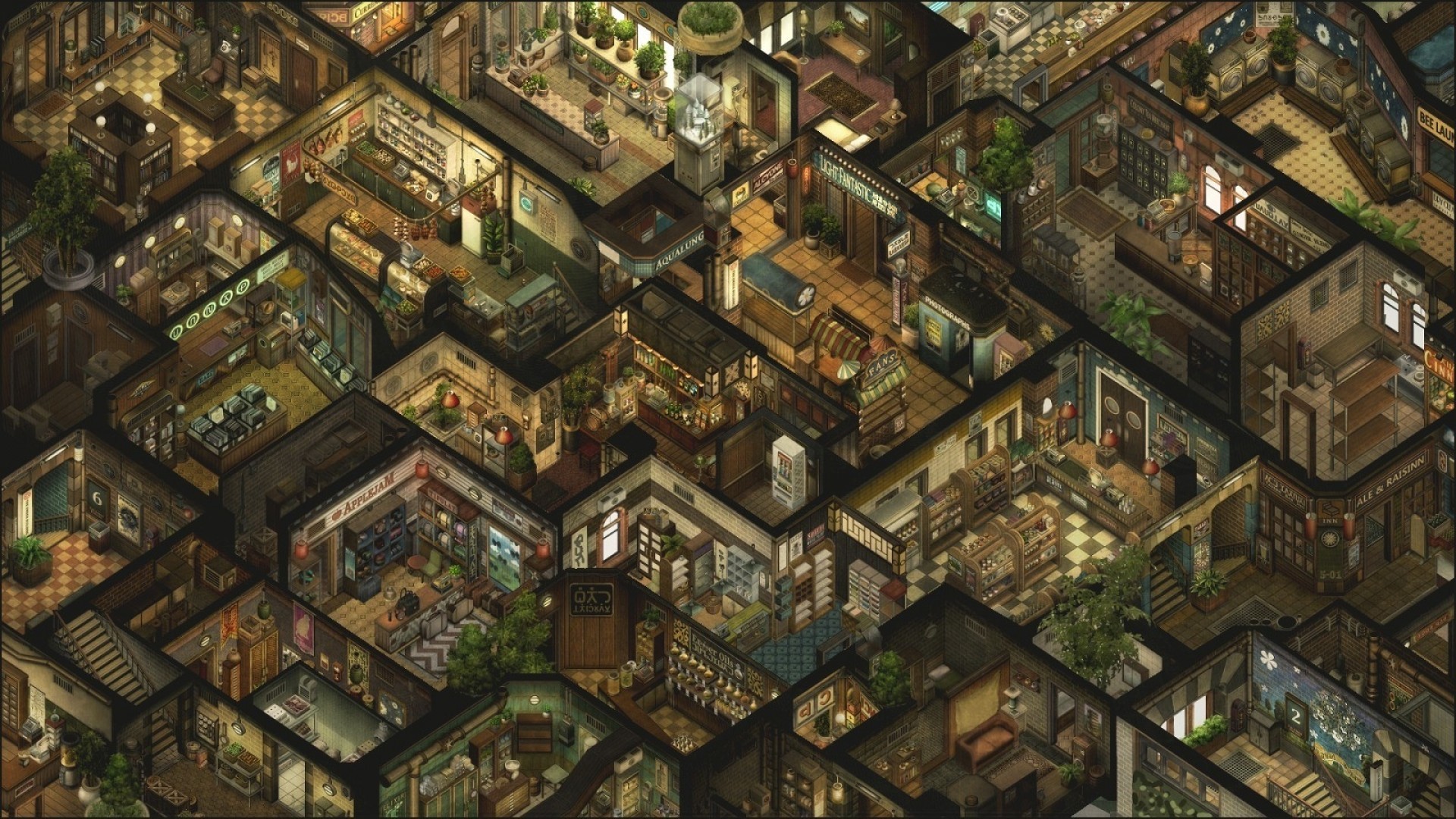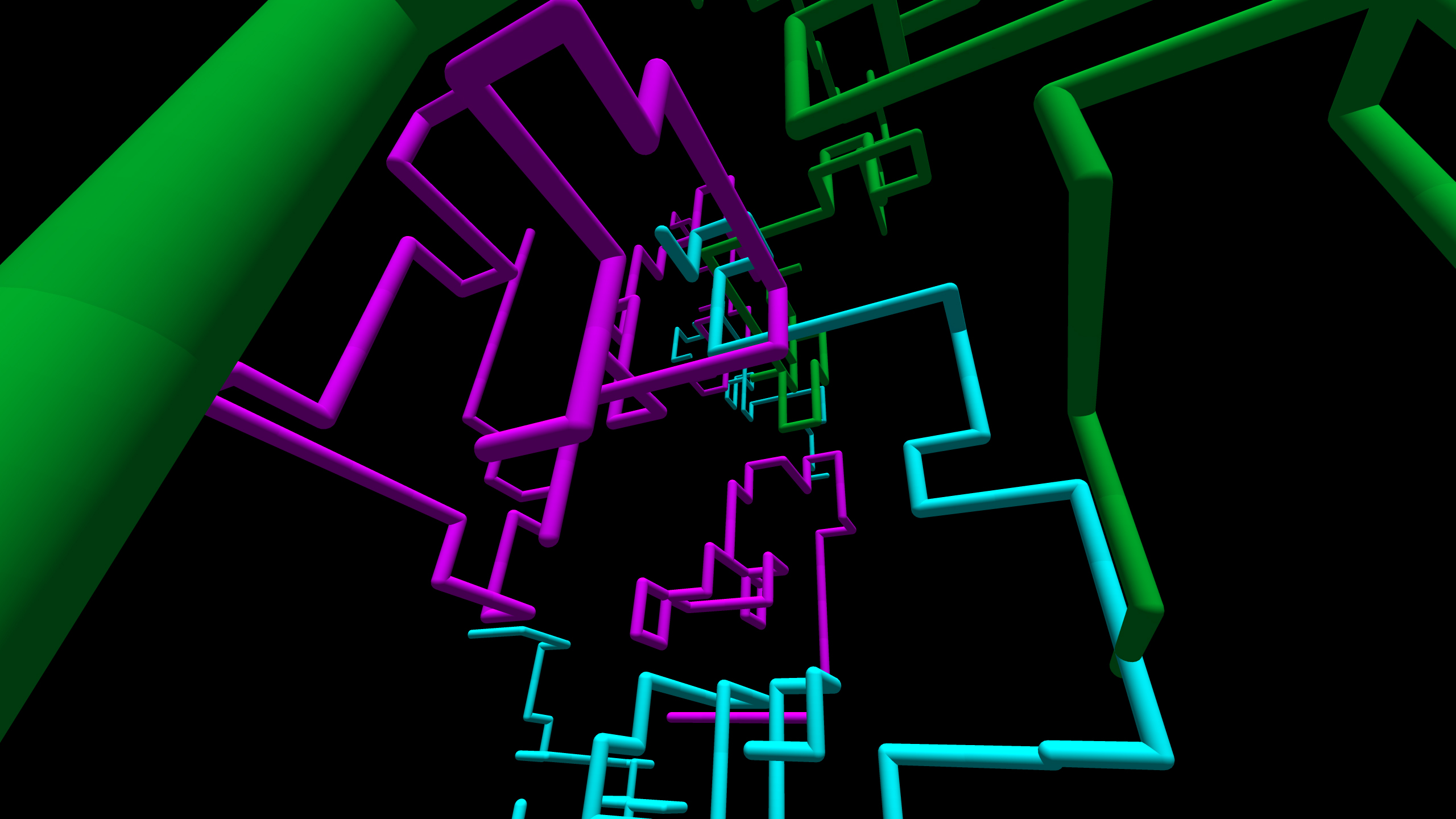
- Old maze screensaver download how to#
- Old maze screensaver download manual#
- Old maze screensaver download mac#
- Old maze screensaver download windows#
(The camera is rotated at initialization until it is facing an open cell.) This appears in the square immediately in front of the camera. I considered changing this to WebGL, but I left it like the original for accuracy.

Old maze screensaver download how to#
I couldn't figure out how to extract these from the screensaver, so I extracted them from a unity clone of the screensaver I found online.īecause these are 2D I have them always rotate with the camera so the normal will always face the user when moving towards them. There are a few textures that appear in the middle of the maze. Then the polyhedra is removed from the map. Movement freezes, and the up vector is rotated 90 degrees about the current direction the camera was faced in. The effect of hitting any polyhedra is the same. This results in a very similar look to the original so it seems certain that Microsoft used a method like this. The coloring is done by having each face be a slightly darker shade of gray than the previous face. Dodecahedrons are a little bit harder than the other three because the sides aren't triangular. There are four types of polyhedra visible: tetrahedrons, octahedrons, octahedrons, and dodecahedrons. These positions (and of the 2D texture objects) are chosen at initialization and stored locally in javascript variables. There are several objects floating throughout the maze. This function is used by both the camera and the rat, but the rat calls it twice as often as the camera so they move at different speeds and it's possible to cross. dead end) - rotate right (which will bring you to a state where the right side is open)
Old maze screensaver download manual#
Most of the wall is red brick, but occasionally there is an image displayed on the wall, taken from a standard rendering example image that must have been used in the OpenGL manual Microsoft used. These files were extracted from the original screensaver. The walls, floor and ceiling each have specific textures. This array is looked at when determining the next move and when initially sending the vertex data to the GPU. This is randomly generated with recursive backtracking, based on an algorithm I found at. The maze is stored as a 2D array of "cells" with each cell being a four int array describing it's four walls.

The matrix libraries used are from here and under the MIT License.įor comparison, a YouTube sample of the original screensaver can be found at Features that have been implemented: This project is a recreation of that screensaver using WebGL and Javascript.
Old maze screensaver download windows#
After Dark (or "AD," as we called it) allowed you to select from a bunch of screensaver options, but the most popular was, at least among my friends, "Flying Toasters.In windows 95 (and a few later versions of Windows) there was a screensaver that rendered and then solved a 3D maze with a a few interactive obstacles. It was originally called "Magic ScreenSaver" before adopting the After Dark name (note: see the bottom of this post for a bit more on the history here).
Old maze screensaver download mac#
Enjoy! Mac LC 575 - Flying ToastersĪfter Dark was a popular screensaver package developed in 1989. Here's a roundup of some screensavers I remember from the Good Old Days of computing - the 90s - when screensavers were delightfully corny, 3D graphics meant "the future," and flying toasters invaded our dreams.

But what started as a pragmatic solution quickly turned to the realm of entertainment: if you're going to display some random stuff on the screen, why not make it fun? Screensavers were programs that kicked in when you weren't using the computer, in order to prevent "burn-in" of constant onscreen elements like menu bars. In the early days of CRT monitors, we had real technical reasons requiring screensavers for our computers.


 0 kommentar(er)
0 kommentar(er)
